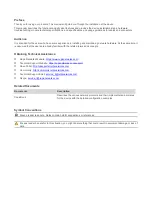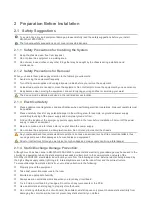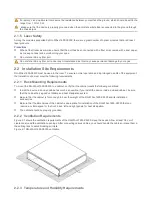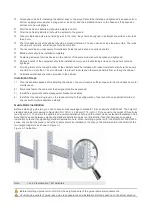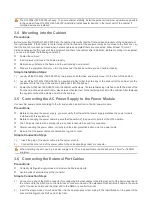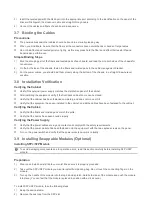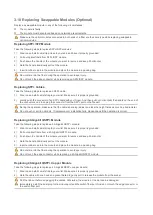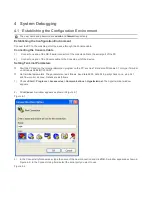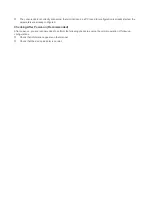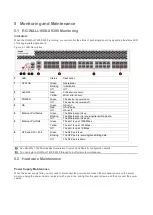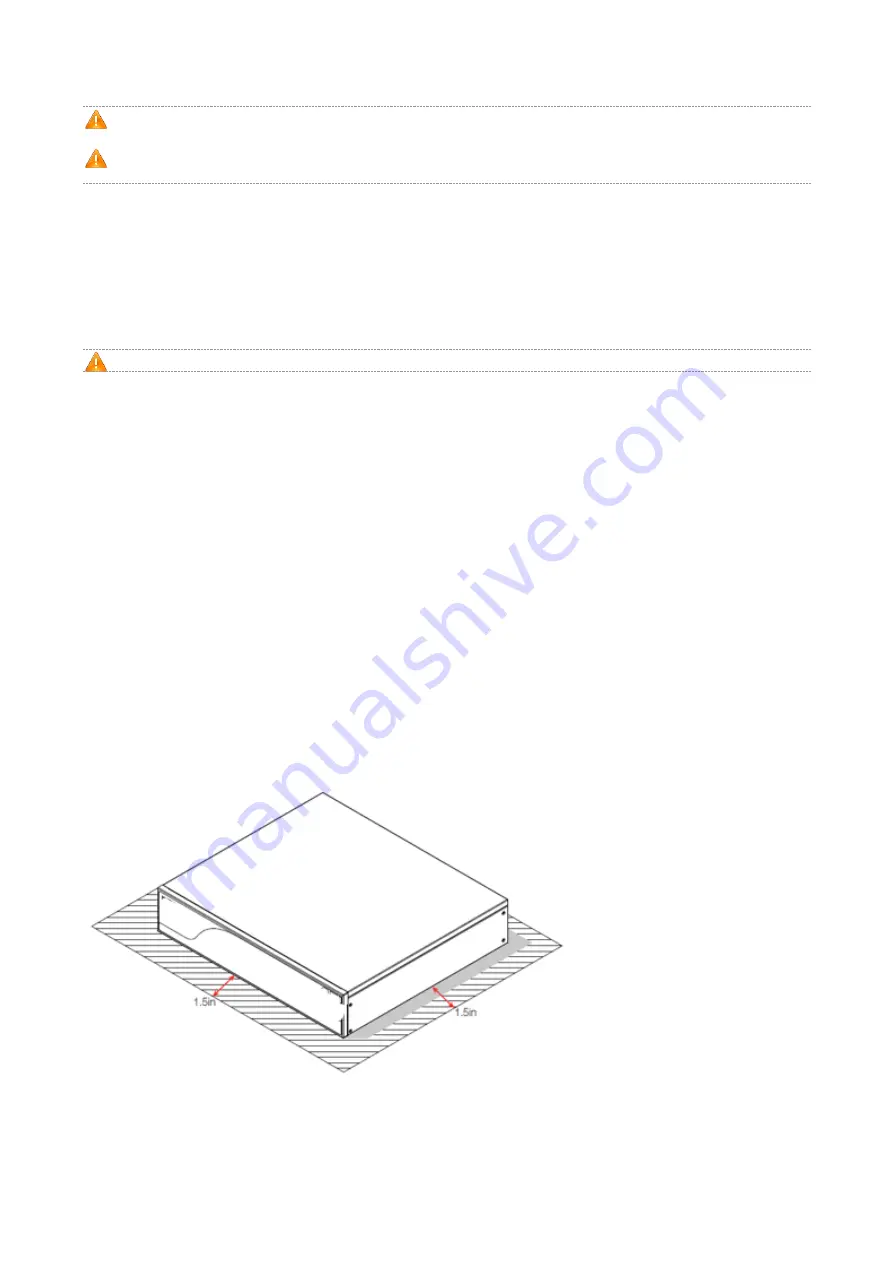
For safety, use a multimeter to measure the resistance between yourself and the ground, which should be within the
range from 1
Ω to 10 Ω.
Make sure that the device is properly grounded when the anti-static wrist strap is connected to the ground through
the chassis jack.
2.1.5 Laser Safety
Among the modules supported by RG-WALL1600-X9300, there are a great number of optical modules that are Class I
laser products.
Precautions:
When a fiber transceiver works, ensure that the port has been connected with a fiber or is covered with a dust cap so
as to keep out dust and avoid burning your eyes.
Do not stare into any fiber port.
Do not stare into any fiber port under any circumstances, as this may cause permanent damage to your eyes.
2.2 Installation Site Requirements
RG-WALL1600-X9300 must be used in the room. To ensure normal operation and a prolonged use life of the equipment,
the installation site must meet the following requirements.
2.2.1 Rack Mounting Requirements
To mount the RG-WALL1600-X9300 in a cabinet, verify that the cabinet meets the following conditions:
Install the device in an open cabinet as much as possible. If you install the device inside a closed cabinet, be sure
that the cabinet has a good ventilation and heat dissipation system.
Be sure that the cabinet is firm enough to bear the weight of the RG-WALL1600-X9300 and its installation
accessories.
Be sure that the dimensions of the cabinet is appropriate for installation of the RG-WALL1600-X9300 that can
reserve a certain space for the front, back, left and right panels for heat dissipation.
The cabinet should be properly grounded.
2.2.2 Ventilation Requirements
Figure 2-1 shows the ventilation requirements of the RG-WALL1600-X9300. Keep the device Allow at least 3.8 cm of
clearance around the ventilation openings. After connecting various cables, you should bundle the cables or place them in
the cabling rack to avoid blocking air inlets.
Figure 2-1 RG-WALL1600-X9300 ventilation
2.2.3 Temperature and Humidity Requirements



